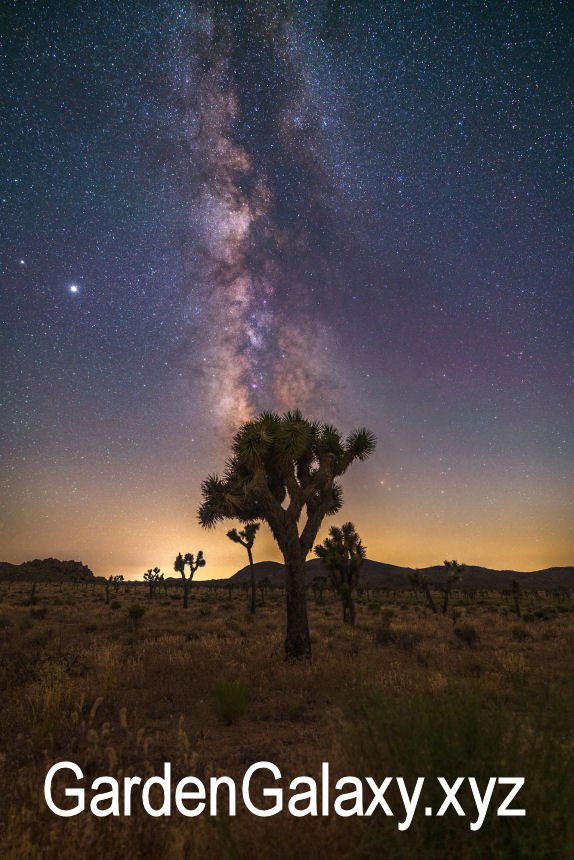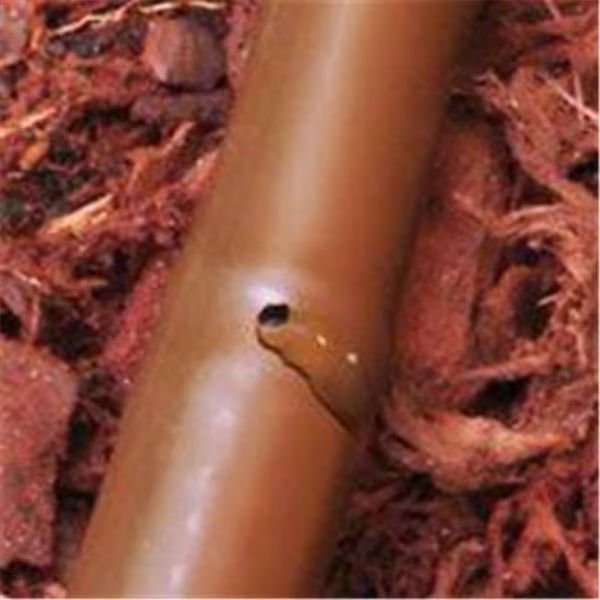|
|
Standardizing Your Irrigation Emitters |
|
Bulletin # TP1050 |
Horticultural Observations |
|
Have you
taken a stroll through your landscape to inspect your drip irrigation? You need
to check for several things:
|
|
Some Popular Types of Emitters Disadvantage of High Rate Shrubblers
Some Popular Types of Emitters |
|
High Rate Shrubbler
|
High Rate Bubbler
|
|
Slow Rate Drip
|
Slow Rate Drip
|
|
¼" Slow Rate Dripperline
|
½" Slow Rate Dripperline
|
|
Mixed Rate Drippers - If you have mixed flow rates together on the
same zone, it is very difficult to provide uniform moisture throughout
the root zone. This type of disorganization is a basic
cause of water waste and plant stress!
Disadvantage of High Rate Shrubblers:
After doing 300 on-sight consultations for plant stress;
High Flow Rate adjustable shrubblers were being used
on nearly 75% of the stressed plants. Why?
Advantage of Slow Rate drips: These are often pressure compensated. This means as you
add a few extra to the line (more or larger plants) the flow rate will remain constant.
The water for the new plants will not be at the expense of the established
plants. Whereas the limit for high rate shrubblers on one zone is typically 15
to 30 gph (if fully opened).
The best
watering for shrubs and trees is slow and deep. Expanding the watering zone as
the plants mature and routinely inspecting for trouble. Set your clock for an
hour or more with slow rate drips, and avoid frequent every day scheduling,
even in the heat of summer! If you do
happen to have you trees or shrubs on the same zone as your lawn, then and only
then would you need high rate emitters, but in order to accomplish this
the design often requires soil remediation.
|
Content, Editing and Updating by Garden Galaxy
© 2024 www.GardenGalaxy.xyz






